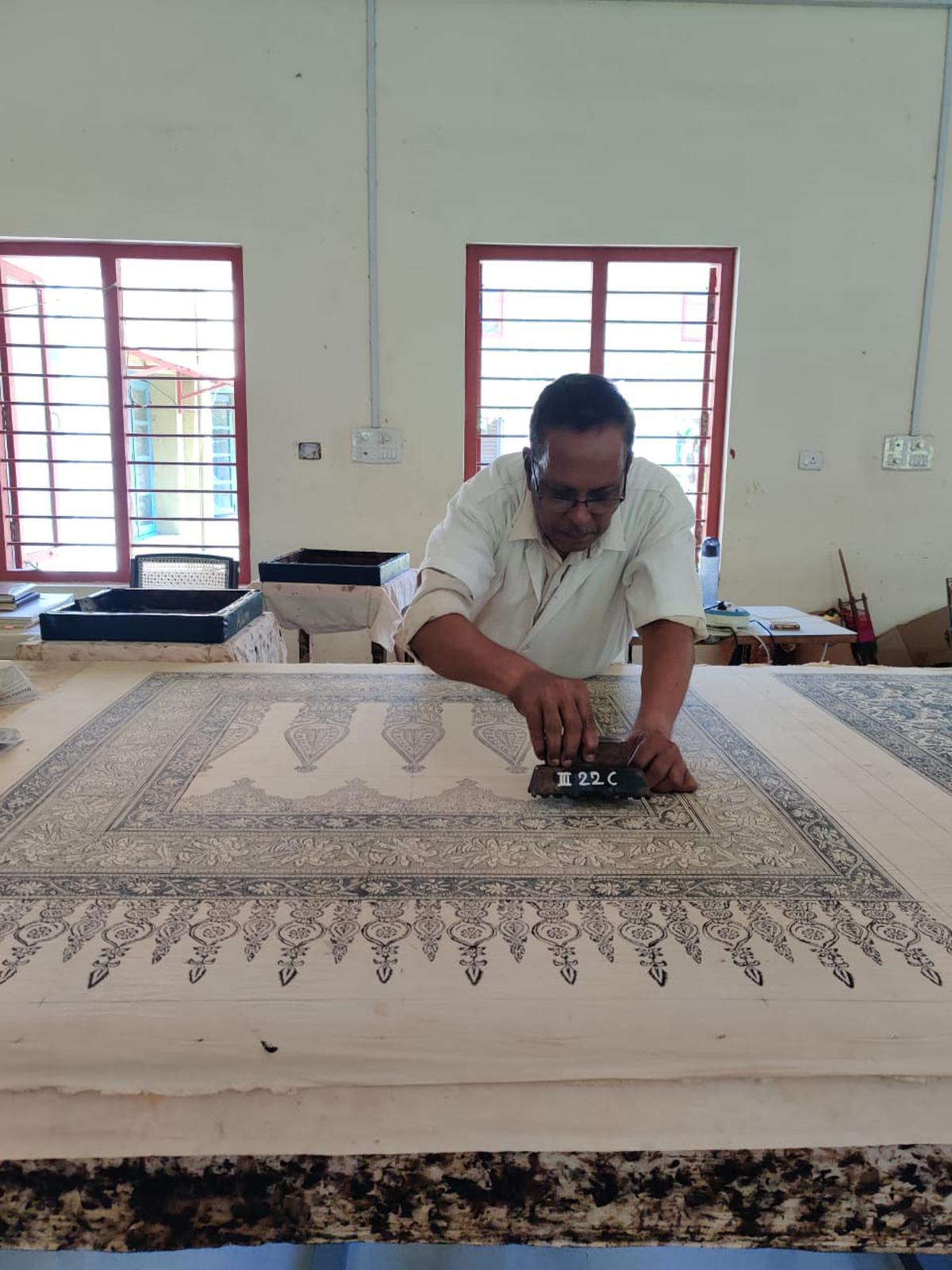AARDE Foundation is weaving the story of Coromandel cotton, reviving its heritage and showcasing its heritage
AARDE Foundation is weaving the story of Coromandel cotton, reviving its heritage and showcasing its heritage
For a long time, Tamil sailors kept a secret when they went to sea. His ships were stronger than anyone else’s, so even the strongest ships in the British, Dutch or Portuguese fleet could outperform him. The men did not utter a word about it until the Portuguese explorer Vasco da Gama bribed one of them in desperation. “They learned that the answer was in their sails,” says Javier Benedict, founder of the AARDE Foundation, a nonprofit involved in the promotion and protection of Pulicat. Tamil sails were woven from cotton obtained locally on the Coromandel Coast and were thick and strong. Thanks to the efforts of its foundation, this cotton is now seeing a revival. Xavier hired National Award winning textile printer K.K. to recreate this fabric. Dakshinamurthy, which will be screened in Pulicat on August 27.
Pulicat handkerchiefs that will be on display. photo credit: special arrangement
Dakshinamurthy has created 16 patterns on Coromandel cotton using the block-printing technique. “The designs are intricate and close to what was in use in Pulicat in the 16th century,” says the 71-year-old, who now works as a master printer at the Kalakshetra Foundation. “They were then used as handkerchiefs,” he says.
Dakshinamurthy, during his stint at the Weavers Service Center at Rajaji Bhavan in the city, researched patterns, and curated designs traditionally printed on fabrics in Pulicat, Ponneri and Walajabad. “It’s interesting to note how detailed the designs are,” he says, “I tried to stay as close as possible to the original and the natural colors used.” These include the colors extracted from the soapnut, Manjishtha root, and Palaash Flowers.
Xavier has long been contemplating the revival of Coromandel cotton. “Like the native rice varieties, there were thousands of varieties of cotton native to the Tamil landscape,” he explains. “Unfortunately, we lost them all to the invasion of American cotton. What’s left is just one variety, karungani,
Tamil kings swear by Coromandel cotton: Xavier says that Raja Raja Chola used a sail made of this cotton to cross the sea. “It lasted eight to 10 months, unlike the European sail, which had to be replaced every two to three months,” he says.
The sails gave wings to Tamil sailors: they could travel across the sea, while the Dutch, Portuguese and British had to stay close to the shore to make regular pits to change their sails. “They attacked us for the cotton, not the spices,” explains Javier.

of Dakshinamurthy at work | photo credit: special arrangement
The fabrics on display are a tribute to this historic cotton that thrived on the black soil of the Coromandel Coast. “The name Coromandel is actually derived from Tamil words” Curry (black and manala (sand), “says Javier. “It was much later, once harbors were built along the coast, the color of the sand changed to what it is now.”
This experiment is just the beginning. Xavier expects these fabrics to be commercially viable for ready-to-wear form in two to three months. If that happens, we may soon be wearing a kurta with a design printed on a handkerchief hundreds of years ago in Pulicat.
Pulicat handkerchiefs will be displayed at the office of AARDE Foundation in Pulicat. It is part of the Trace the Origin of Madras Heritage Walk which is held today as part of Madras Day celebrations.